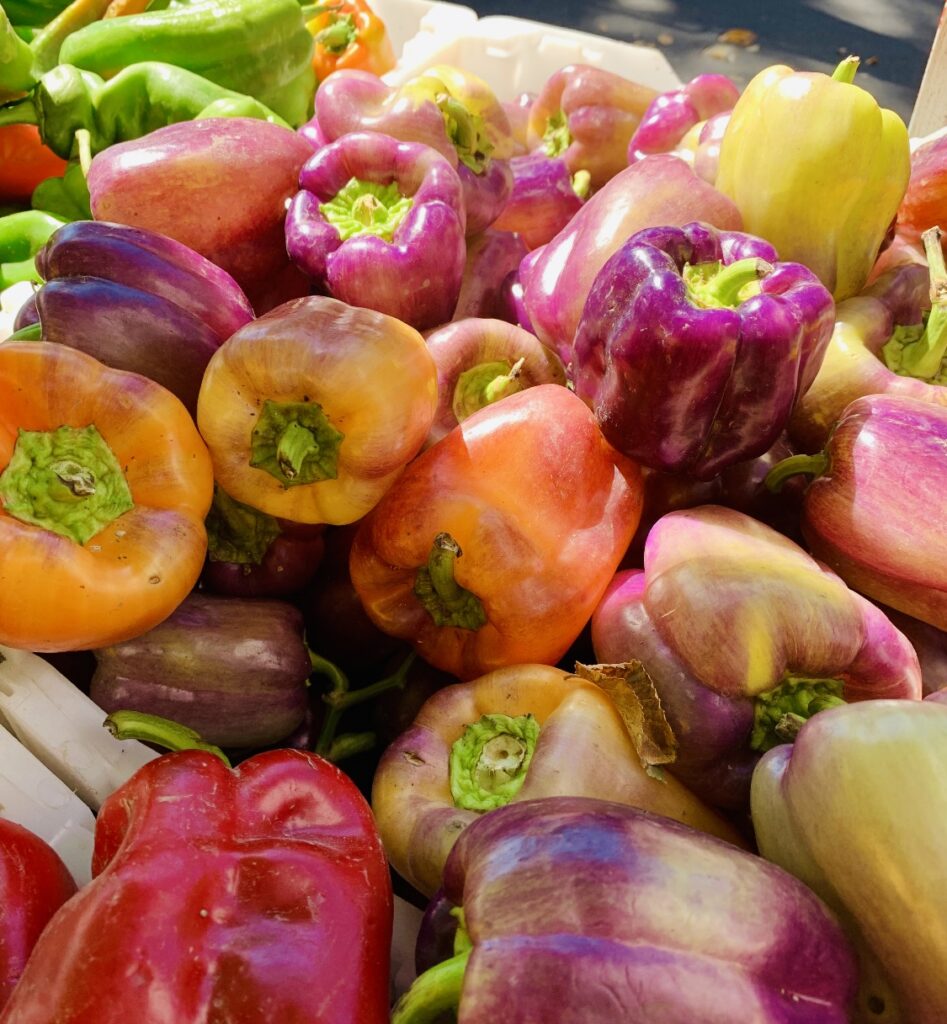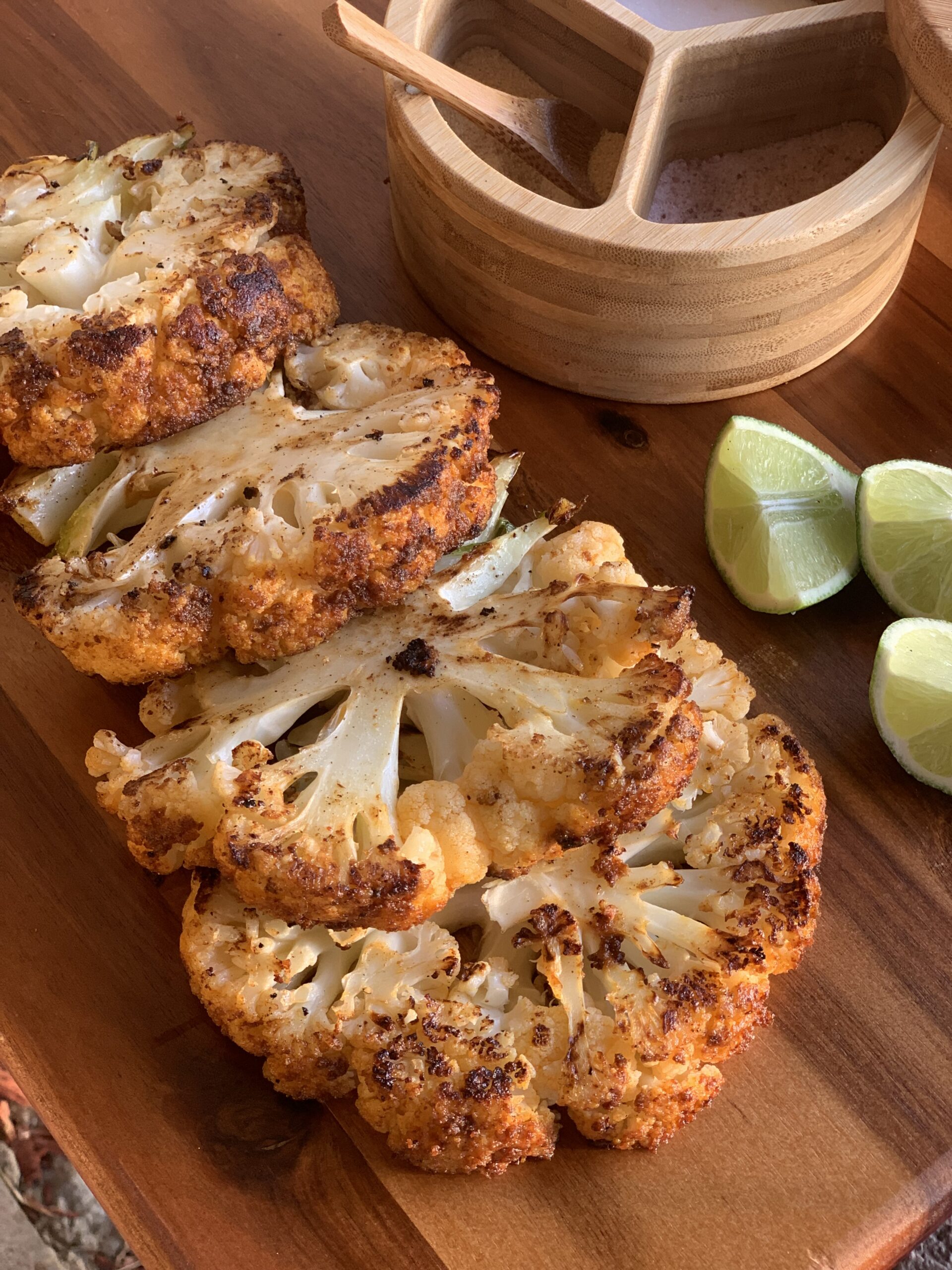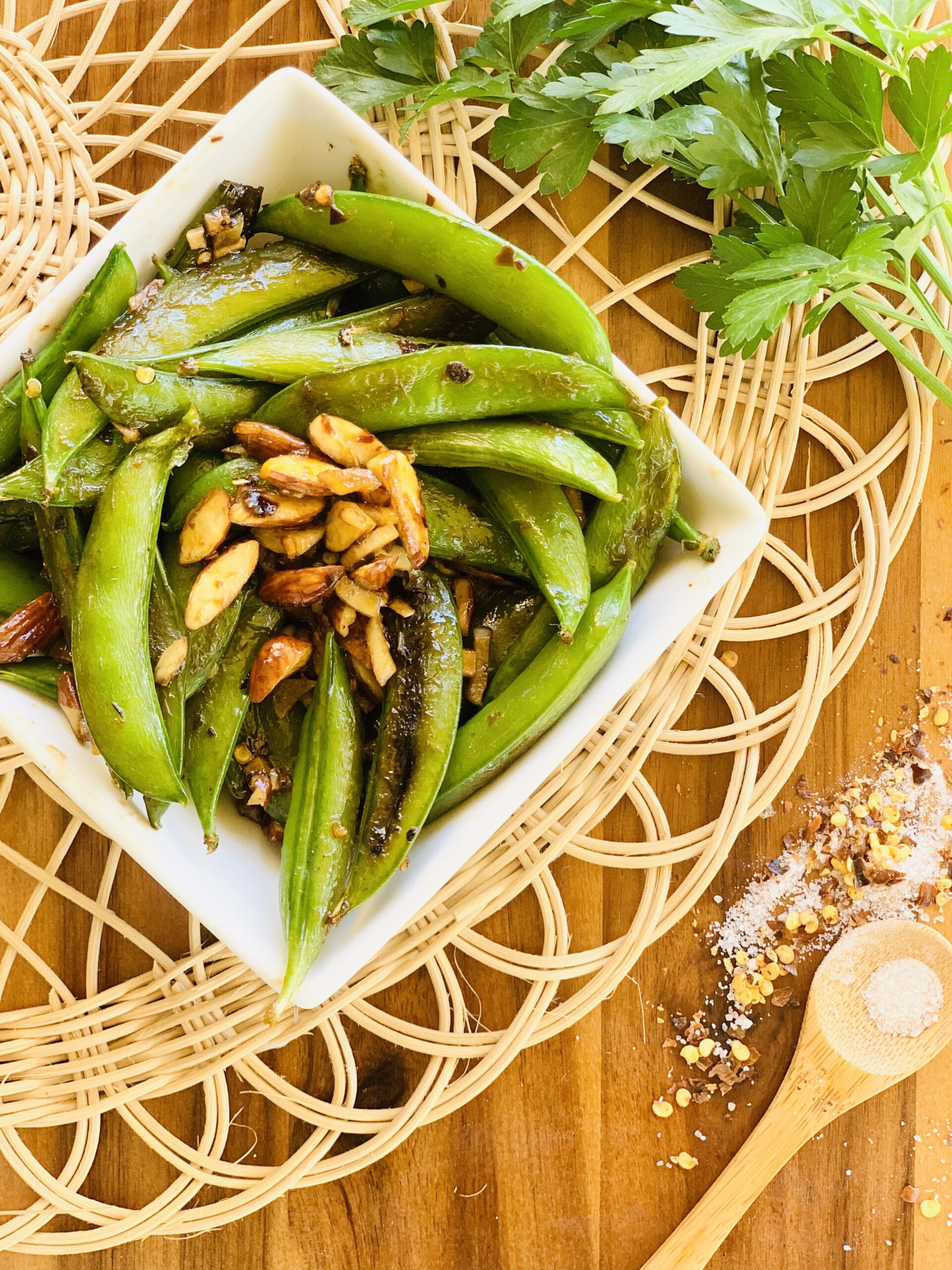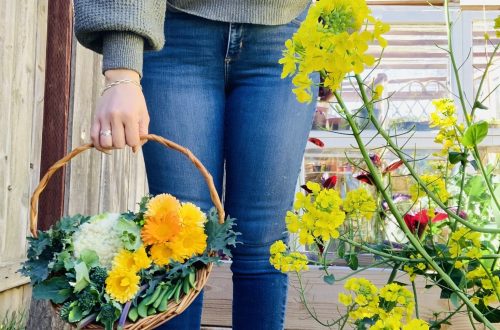Are you looking to grow peppers in your garden this season? One of the great joys of gardening is to be able to grow all the unusual and heirloom varieties that are sometimes reserved for specialty stores and farmers markets. You would be surprised at how many varieties, colors, shapes there is! Spicy burn your mouth peppers, sweet snacking peppers, stuffing peppers. There’s a pepper for all your culinary needs. The best part? Growing them is not that complicated! With thousands of peppers to choose from the hardest part will be deciding which ones to grow in your garden!

Which variety to grow?
I like to keep a handful of different peppers or chiles out in the garden to make salsas and incorporate in my dishes. Peppers are a key ingredient in Mexican cuisine, we definitely like our variety of chiles. I really enjoy a good old spicy pepper like chilpetin, habanero, chile de arbol, serrano they have good heat to them. I know some people don’t enjoy the heat, thankfully there’s many sweet peppers that are great for snacking and stir-fry’s! Corbaci, lunch box, bell peppers and shisito peppers are a few! If you are looking for mild peppers anaheim and poblano peppers are great ones to cook with, they usually loose their bit of heat when cooked.
Peppers are a warm season crop that are very frost tender and enjoy warm sunny days! Days are getting warmer and its time in most places to begin adding your pepper plants to the garden.(if not most of you are really close) I find that they are slow growers but once they take off there’s no stopping them. One thing that you may not know about peppers is that with a little help peppers can keep producing for years, they are perennials by nature!

Below you will find a growing guide to help you grow delicious peppers this season!
Growing guide:
Seed starting– If you’re gardening in a area with a long growing season you can get away with direct sowing seeds when the soil has warmed up to 70 F degrees and night time temps are above 50 F degrees. If you’re growing in a shorter season you will benefit from getting a head start on them indoors 6-8 weeks before your last frost date. Seeds should be sown 1/4 in deep. Place your seeds in a light fluffy starting mix and keep moist using a humidity dome, removing once they sprout. I use a heat mat under the tray to speed up germination, although its not necessary. Pepper seeds can take anywhere from 7-21 days to emerge (sometimes even longer). Once sprouted they need a light source if they will be inside the house, until weather allows them to be put outside. I use grow lights. (follow the instructions to your particular one) once your pepper plants have their first set of true leaves you can move to a slightly bigger pot and give them a dose of well balanced fertilizer.
*Note- If you are a new gardener buying pepper seedlings at your local nursery will save you time and they can be purchased when weather conditions are ideal be put right into the garden!. Are your plants ready to be transitioned to the garden? begin the hardening off process. That simply means exposing them to the outdoors a little bit at a time, I like to do 1 hour increments for the first week.
Spacing & Location- Peppers can be grown in growbags, pots, garden beds or even in ground. I prefer to grow mine in 5 gallon pots and in my garden beds. I try to keep my pepper spacing to a foot between plants (but I’m a chronic overcrowder when it comes to the garden, which sometimes comes at the expense of smaller fruit)
Support- Staking your main stem with a dowel will help support branches and keep them from snapping from winds or heavy fruit.
Sun Requirements– Growing peppers require an area that gets 6-8 hours of full sun. In zones 8 and up where summers are intense and triple digits are common, afternoon shade is recommended to avoid sun burnt fruit or foliage.
Water needs– Peppers are producing fruit all season long and require constant moisture.
Soil– Loose well draining soil that has been worked with organic matter such as compost, worm castings is ideal.
Pruning-This is something that is widely debated by gardeners all over the world. Some swear by it and others not so much! Those who agree say topping or pruning peppers when they’re 6-8 inches tall, results in larger fruit yields. I can only speak to my experience, I have topped peppers that produce smaller medium fruit with great success. (Serrano, Jalapeno) What ends up happening when peppers are pruned is they begin to push out new growth from the lower nodes making a bushier plant that will produce more branches and hence produce more fruit over the season. One thing to keep in mind is that I’m gardening in zone with a long growing season. My plants have time to recover and produce well into the fall. The best thing to do is run your own experiments and see how it well it works for your plants just know its an option.
To prune your pepper plant wait until your plant is at least 6 in tall. Cut the top new growth (1-2 in) on a plant above a set of leaves using sharp sheers. Making sure to water the plant at the ground level to avoid possibly introducing disease to the newly pruned plant.
Fertilizing- I like fertilizing my seedlings once they have their first set of true leaves. A balanced fertilizer that is not too high in nitrogen is the best. Otherwise peppers will focus it’s energy in producing foliage instead of peppers.
Pests & Disease- Peppers are prone to fungal and bacteria problems. The best way to keep your plants healthy is keep a close eye on them and treat pests as soon as you spot them! The most common pest on my plants has been aphids. You may come across some small green looking bugs, underside the leaves these are Aphids! a pesky pest that begins feeding off the pepper leaves causing them to get deformed and curled. At first sign on aphids wash them off with a hose to avoid a bigger infestation.
Overwintering- Yup! you can certainly keep your pepper plans producing for years! Most people grow them as annual but in reality they are perennial plants. Over wintering peppers is a way to get ahead start on the following growing season by keeping them indoors or in a protected space. In zone 9-11 they may be over wintered with minimal help as the temperatures are mild and some may be just fine if left uncovered outside. For colder zones peppers can not tolerate the elements outdoors. To get them ready to overwinter you prune them down to a “Y” and remove all foliage. It is a very hard prune but they will go dormant and bounce back in the spring. They can be put in the greenhouse or in an area indoors that is not too warm but getting some bright light. Not much light or water is needed during the peppers dormancy, a few hours of light will do and water every 3 weeks.
One thing to keep in mind when bringing any plant indoors, it’s best to change the soil. There is usually unwanted pests in the soil and you don’t want them inside your house.
I hope you feel ready and confident about adding peppers to your garden this season. The list of peppers you can grow in your garden is long! Grow your favorites and branch out to the many other fun options available.
If you guys have any other tips and tricks that work well for you leave them in the comments- love when we can help each other out!
Happy Growing,
-Tahiri





